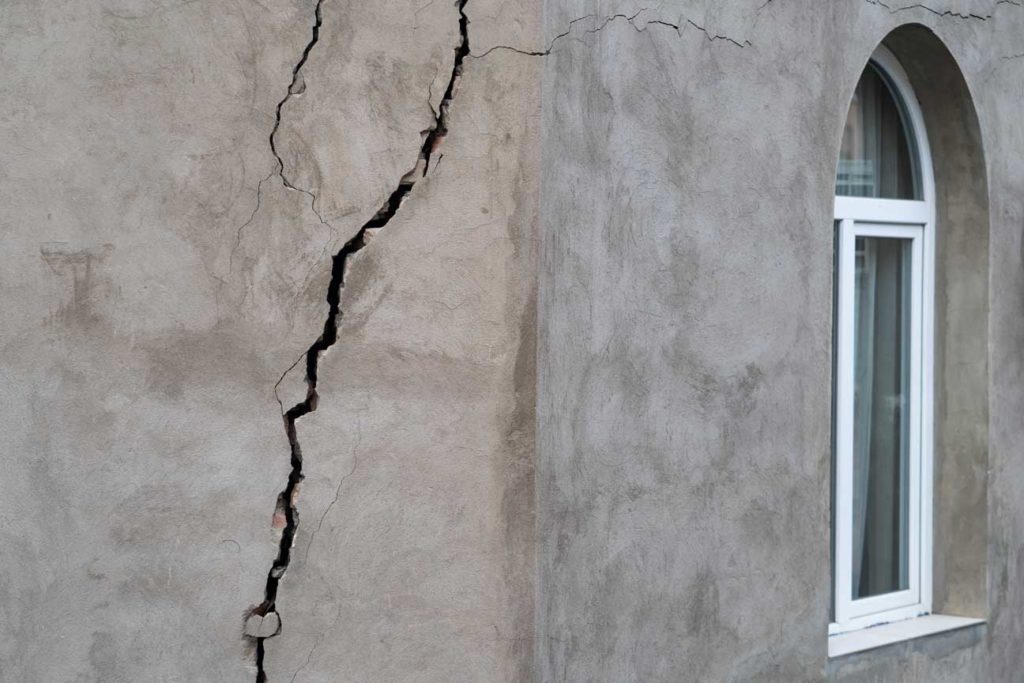
Earthquakes can be devastating, causing widespread damage and loss of life. While it may not be possible to prevent earthquakes from occurring, it is possible to protect your building and its occupants from their damaging effects. One of the ways to do this is by incorporating proper wood cross bridging and blocking into your building’s design.
Wood cross bridging and blocking are essential elements of earthquake-resistant construction. They provide additional stability and resistance to seismic forces, helping to prevent walls from collapsing, reduce structural sway, and increase the overall resistance of a building to earthquakes.
Here are some key steps you can take to maximize the safety of your building through proper wood cross bridging and blocking:
- Consult with a Qualified Engineer: When incorporating wood cross bridging and blocking into your building’s design, it is important to consult with a qualified engineer. They will be able to assess the specific seismic demands of your area and ensure that your design meets local building code requirements.
- Reinforce Your Walls: Wood cross bridging and blocking are used to reinforce the walls of a building, helping to prevent them from collapsing during an earthquake. Ensure that they are installed properly and spaced at the correct intervals to provide maximum support.
- Strengthen Your Floor and Roof Systems: Wood cross bridging and blocking can also be used to transfer seismic forces from the roof and floor systems to the walls and foundation of a building. This provides extra stability and reduces the risk of damage or collapse.
- Reduce Structural Sway: Cross bridging and blocking help to reduce the amount of structural sway that can occur during an earthquake. This reduces the risk of damage and ensures that your building remains standing.
- Improve Energy Dissipation: The additional support provided by wood cross bridging and blocking can also help to dissipate the energy of seismic waves, reducing their impact on the building and its occupants.
- Enhance Seismic Braces: Wood cross bridging and blocking can also be used to enhance the performance of seismic braces, another important component of earthquake-resistant construction.
In conclusion, incorporating proper wood cross bridging and blocking into your building’s design is a crucial step in maximizing earthquake safety. By reinforcing walls, strengthening floor and roof systems, reducing structural sway, improving energy dissipation, and enhancing seismic braces, you can ensure that your building remains standing and your occupants remain safe during an earthquake.